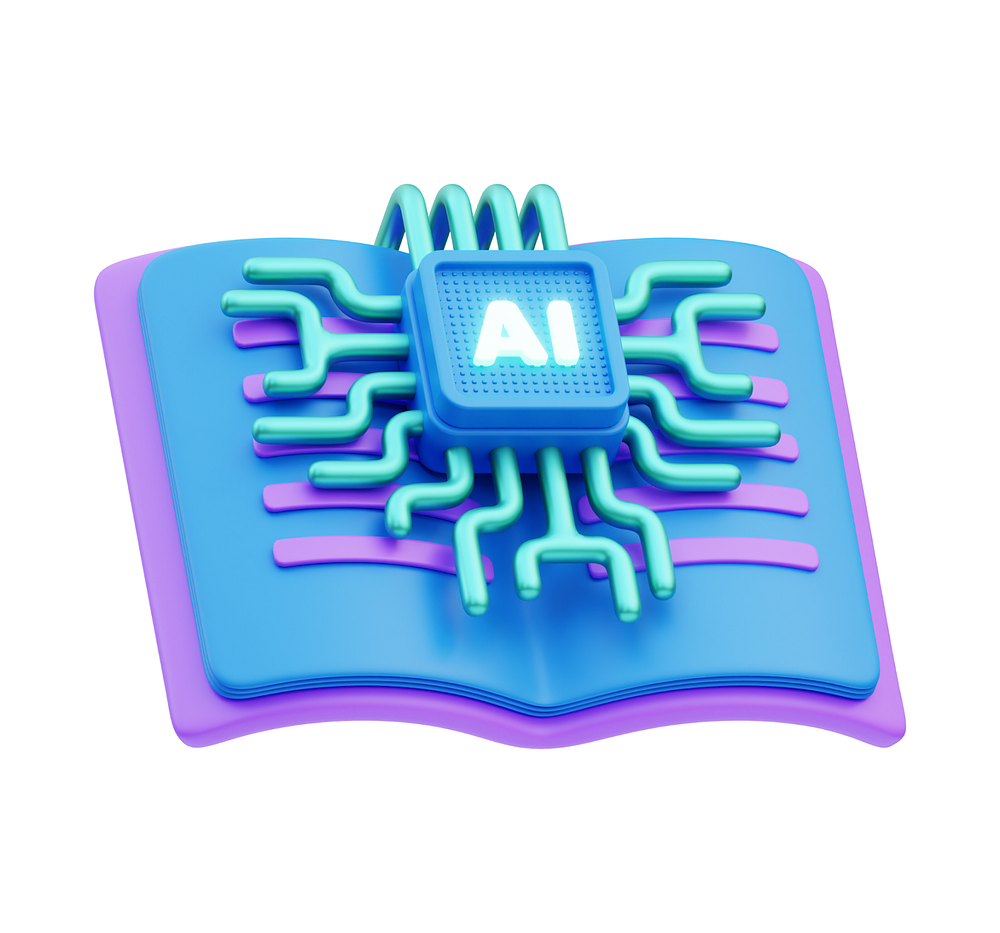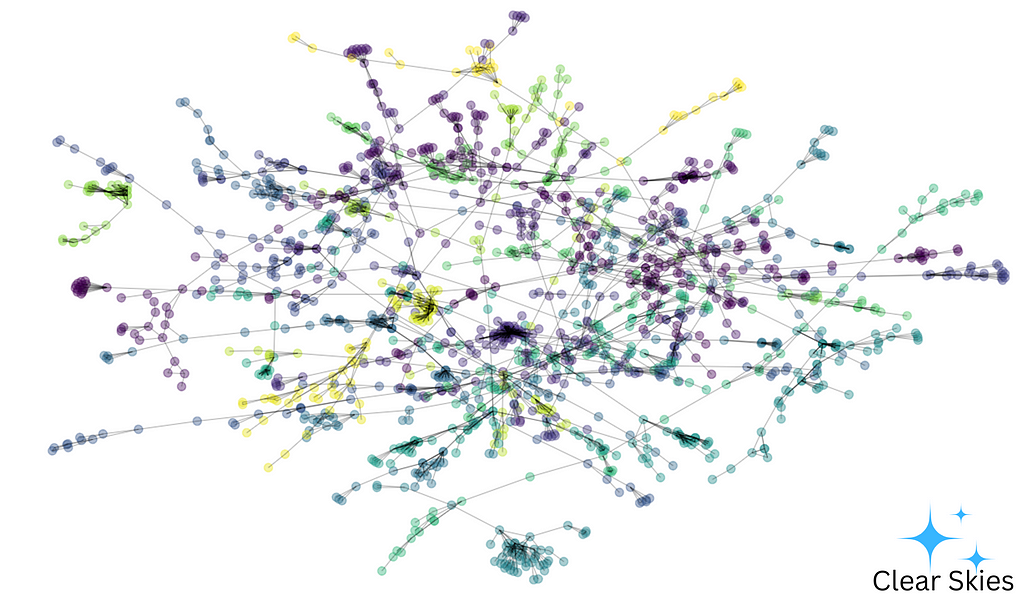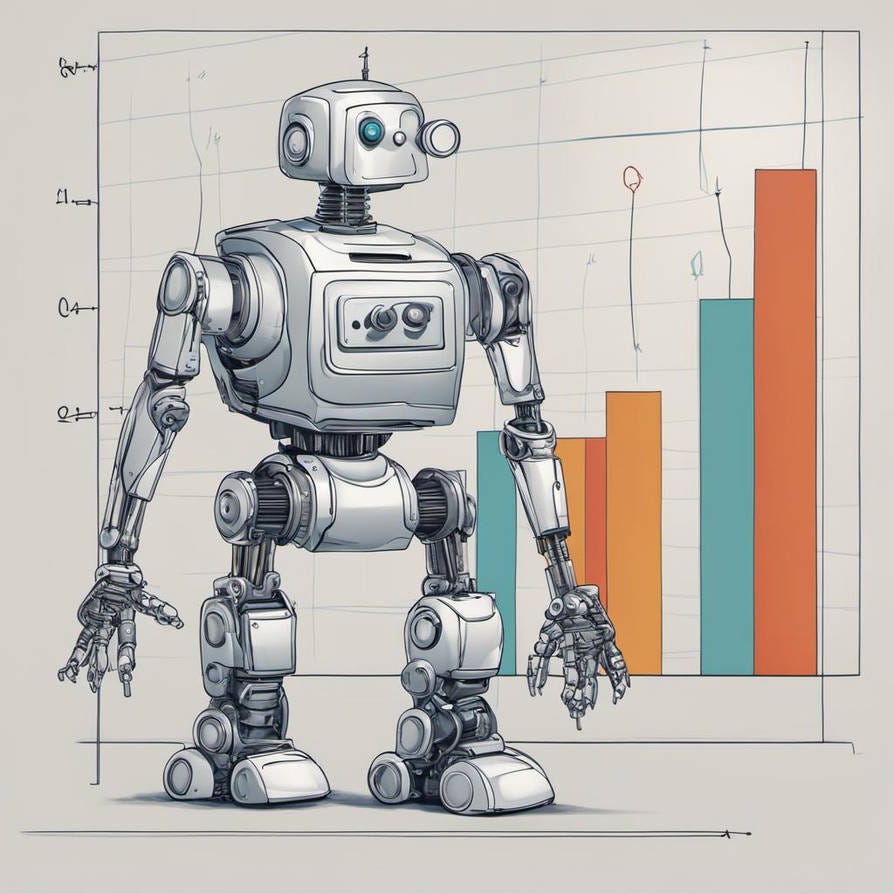"O nome dado à biblioteca foi escolhido pelos comunitários da Aldeia que indicaram o nome de Dona Acendina Lina de Melo, que foi uma das primeiras pessoas a chegar na localidade, constituindo uma grande família e sendo liderança muito forte na Aldeia São Francisco." relata a bibliotecária e pesquisadora Eliana Amoedo de Souza Brasil, do Instituto Federal de Educação, Ciência e Tecnologia do Pará.
Messaggi di Rogue Scholar
Divulga-CI – Revista de Divulgação Científica em Ciência da Informação Volume 2, Número 4 – Abril de 2024. Editada em março de 2023. Última edição em abril de 2024. Publicada em 10 de abril de 2024.

Understanding Sequential Data Modelling with Keras for Time Series Prediction Author Wenyi Pi ( ORCID : 0009–0002–2884–2771) Introduction Recurrent Neural Networks (RNNs) are a special type of neural networks that are suitable for learning representations of sequential data like text in Natural Language Processing (NLP). We will walk through a complete example of using RNNs for time series prediction, covering

From the start last year one important goal for the Rogue Scholar science blog archive was to make it easy to use for blog authors and readers. Today I want to focus on another aspect: keep it simple to run Rogue Scholar infrastructure. To address that goal I started development work last week to further simplify one important aspect of Rogue Scholar infrastructure: metadata conversion.

Skip to main content :::::::::::::::::: {#app-content .styles__appChildrenContainer___[chunkhash-base64-5] role=“main”} Adding defect analysis to the Materials Project – Jimmy Shen on pymatgen-analysis-defects JOSSCast: Open Source for ResearchersBy The Journal of Open Source SoftwareApr 04, 2024 Share 00:00 22:11 :::::::::::::::::: Subscribe Now: Apple, Spotify, YouTube, RSS Jimmy Shen sat

TL;DR: We can detect individuals with a high probability of being involved in milling papers. The question is: how should we respond? A few years ago, my bike was stolen. It was an organised job. The thieves arrived after dark, cut a hefty lock clean off, and my bike disappeared silently forever. I imagined it dismantled and sold off into some vast black market network. Poor bike. The police admitted that they weren’t going to do anything.

Recent Advances in Using Machine Learning with Graphs — Part 2 Latest findings in multiple research directions for handling graph construction and network security issues Author · Xuzeng He ( ORCID: 0009–0005–7317–7426) Introduction A graph, in short, is a description of items linked by relations, where the items of a graph are called nodes (or vertices) and their relations are called edges (or links). Examples of

Bridging Human Perception and AI’s Future: The Convergence of Visual Understanding and Semantic Networks Author · Vaibhav Khobragade ( ORCID: 0009–0009–8807–5982) Introduction The fusion of Vision-Language Models ( VLMs ), Generative Models, and Knowledge Graphs ( KGs ) is reshaping how artificial intelligence (AI) understands and interacts with the world.

Understanding the Power and Applications of Natural Language Processing Author Dhruv Gupta ( ORCID: 0009–0004–7109–5403) Introduction We are living in the era of generative AI. In an era where you can ask AI models almost anything, they will most certainly have an answer to the query. With the increased computational power and the amount of textual data, these models are bound to improve their performance.

Incorporating Knowledge Graphs to explain reasoning processes Author Amanda Kau ( ORCID: 0009–0004–4949–9284) Introduction Large language models (LLMs) like GPT-4 possess remarkable language abilities, allowing them to function as chatbots, translators, and much more.